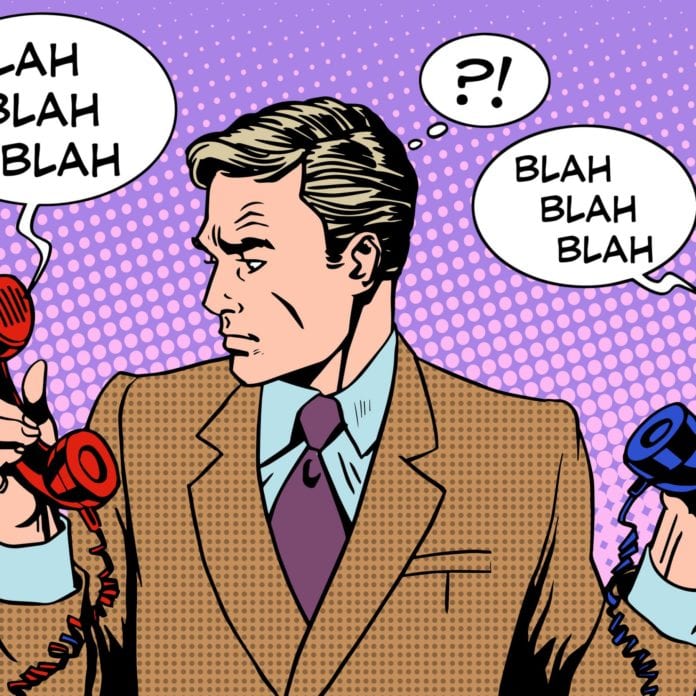While 2019 was the year the telecom industry and regulators increased their actions to address illegal robocalls with default call blocking and the launch of STIR/SHAKEN, 2020 will be the year that we see how these strategies unfold. By January 2020, the new FCC-endorsed ATIS-SIP Forum SHAKEN framework will be deployed across major U.S. service providers to help mitigate the illegal robocall epidemic and strengthen consumer trust in voice telecommunications. And the rest of the world will be watching to see how this strategy can be leveraged in their individual markets.
While there remain several unknowns, here’s what we know for sure:
People will gradually begin answering the phone again
A core component of the SHAKEN framework is the nation’s Calling Number Verification Service, that allows calling numbers to be verified by attaching a digital signature to help consumers recognize authentic calls. Over the course of its deployment, more and more information will be made available to consumers so they can make better decisions about which calls to answer. Combined with continued service provider cooperation, information sharing, app development and increased consumer reporting, the U.S. will take a big step in 2020 towards getting consumers to trust service provider information and answer their phones again.
Enterprises and service providers will need to invest in new processes
The introduction of the new Calling Number Verification Service will require service providers to work with their enterprise customers to ensure that legitimate calls are appropriately verified (according to the attestation requirements of the framework) and presented to the consumer. Many businesses—including call centers—have operations around the country, so they use multiple service providers to address various locations, pricing variances and redundancy needs. This means they will need to support the new attestation requirements with multiple service providers, making it more arduous for legitimate business calls to be presented to the customer properly (for example a call could be sent straight to voicemail or appear unverified or labelled as spam on the caller ID or even blocked outright). If properly verified, in some cases, companies may also have the option to augment the calling party info with a brand name or logo and potentially intent on the called party’s phone allowing a consumer to make a more informed—and confident—decision about whether to answer the call.
Fraudsters will find new vulnerabilities and focus their attacks on other channels
Just as the industry improves its strategy, we can expect criminals to do the same. Fraudsters will adapt their fraud techniques to avoid detection with highly targeted, sophisticated attacks. They will likely try to ascertain which networks have not yet deployed SHAKEN and focus their energies there. They are surely on the sidelines watching and waiting for rich business messaging to launch in various markets and they will use this new channel of communication to continue their spam and scams. Rich business messaging is the next generation of text messaging and offers a full multi-media experience in the SMS inbox including company logos and potentially a trust mark for brands that engage consumers on this channel. Event though text messaging abuse drew the attention of regulators over the past year—pushing the FCC to release new rules banning malicious caller ID spoofing of text messages and calls originating overseas—abuse will likely continue to rise throughout 2020. Consumers should beware and avoid replying to any suspicious text messages – rich or otherwise.

